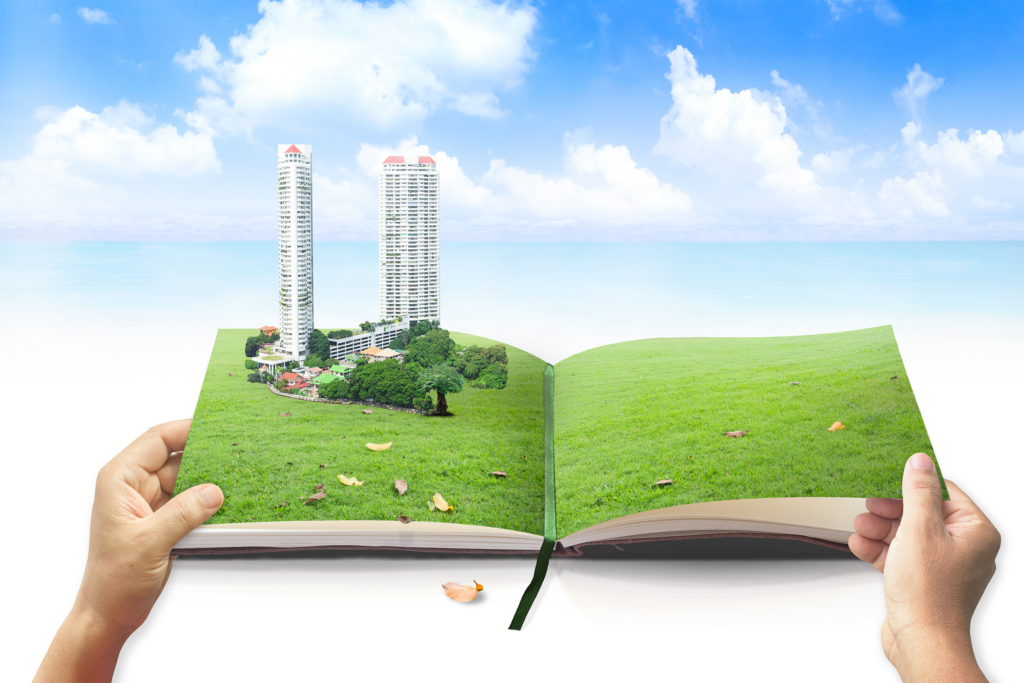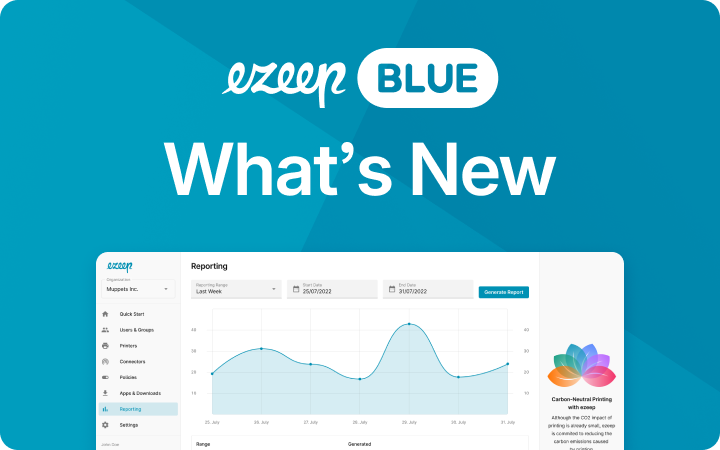Sustainable Printing With Paper Made From Stone and Sugar Cane – A Detailed Comparison

The last article dealt in detail with the production and properties of stone and sugarcane paper. It shows that both are more environmentally friendly than virgin fiber paper. The following comparison is about whether these two types of paper are also more environmentally friendly than recycled paper.
A brief overview is provided in the table below:
| Paper type: | Recycled Paper | Bagasse (sugar cane) | Stone paper |
| Ingredients | 100% Wastepaper | 100% Bagasse | 80% Pulverized limestone; 20% Polyethylene |
| Water Requirement per Ton of Paper | 20.500 l | 52.200l – 360l1 | 0 l |
| Energy Demand per Ton of Paper | 4194 kWh | 1985 kWh | 870 kWh |
| Waste | Less than virgin fibre | none | none |
| CO2 Emissions | 886 kg | 482 kg | |
| Demand for Wood | 1.120 kg | 0 kg | 0 kg |
| Printable | yes | yes | yes |
1 Detailed explanation in the text
Detailed Comparison:
The Ingredients
Let us start with the ingredients. Both wastepaper, bagasse and pulverized limestone are waste products from other productions, so it is particularly sustainable to reuse them. Especially in the case of bagasse, reuse makes sense, as it would otherwise be burned as a waste product of sugar production. Limestone powder – or pulverized calcium carbonate – is a waste product from limestone quarries. This means that both papers, whether they are made from bagasse or stone paper, are wood-free. This is not always the case with recycled paper. Sometimes fresh fibers have to be added during production.
As indicated in the table, 20% polyethylene must be added to the production of stone paper. The latter is a plastic that can be found both as a waste product and in the production of, for example, shampoo bottles and milk cartons. Therefore, the question remains of how sustainable the paper is with this addition. Unfortunately, it cannot be omitted, as it holds the calcium carbonate together as a finished sheet.
The Production
The manufacturing processes are very similar but adapted to the different starting products. However, in the last step of the process, the fabrics are all pressed into paper.
The production of recycled paper starts with the pulping of the wastepaper. The following steps and how they are carried out determine how environmentally friendly the product is. Basically, the wastepaper is pulped, cleaned, decolorized if necessary, and then pressed into the paper. During the deinking process, the color of the recovered paper is removed by using chemicals such as caustic soda, hydrogen peroxide, water glass and fatty acids.
The production of bagasse paper resembles that of recycled paper. The remnants of sugar production are boiled and washed thoroughly. Then the mass is sieved and bleached.
The raw material, calcium carbonate, is grinded to produce stone paper. Small balls are formed from the powder and polyethylene, which serve as the basis for the stone paper. After these are pressed together, it is theoretically already possible to use the paper, but a coating is necessary to be able to print on the paper. Leftovers from the production can be reused in the next batch.
Water and Energy
If you look at the sustainability calculator, you can see that recycled paper already has a massive advantage over virgin fiber paper. Recycled paper requires less than half the energy and water of virgin fiber paper. Stone paper is said to require no water at all. For paper made from bagasse, the information is difficult to find. One case study indicates that, in general, 360 liters of water can be saved for paper made from non-fresh fibers (for example, bamboo and bagasse). However, if one assumes that 52,200 liters of water are needed for one ton of virgin fiber paper, even a reduction of 360 liters still suggests a very high intake.
In contrast to water consumption, energy consumption speaks for itself: recycled paper requires 4194 kWh per ton of paper. This is slightly less than half the energy required for virgin fiber paper. Paper made from bagasse requires 1985 kWh per ton, and stone paper requires the least energy with only 870 kWh.
Waste and the Use of Chemistry
Both the waste from stone paper and that from paper made from bagasse can be reused in subsequent productions. For recycled paper, less waste is generated during production than for virgin fiber paper.
Stone paper is naturally very bright and therefore no chemicals are needed to bleach it. For paper made from bagasse, the information is very thin, but in terms of methane emissions and the use of chlorine, at least both are said to be lower than for virgin fiber paper.
CO2 Emissions
It is also difficult to find precise data on greenhouse gases for paper made from bagasse. According to one study, at least in general, the emissions are lower than for virgin fiber paper. Stone paper releases 482 kg of emissions per ton of paper and 886 kg of emissions are released from recycled paper.
All papers are printable, although both the bagasse paper and the stone paper are produced entirely wood-free and therefore no trees have to be cut down for them. The transport distances are shorter for recycled paper than for virgin fiber paper, since the recycling mills are usually located close to the wastepaper. In the case of stone paper and paper made from bagasse, the length of the transport routes probably depends on the recipient, since the factories, at least for bagasse, are located close to those for sugar production, which means that no further transport of the raw materials is necessary.
Conclusion
Using recycled paper instead of virgin fiber paper is a step in the right direction. But if you look at the water and wood consumption as well as the CO2 emissions and energy consumption, it becomes clear that it is possible to be even more sustainable. Namely with wood-free alternatives. These are particularly well suited for private use, as they are no worse than virgin fiber and recycled paper. Unfortunately, they are not yet widespread enough to meet the needs of larger companies, so the recycled paper is the most sustainable solution for them.
With ezeep, however, printing is completely CO2-neutral, as the printouts are offset for customers with the help of justdiggit.org. With features like ezeep Blue’s Printer Profiles, you can instantly implement sustainable printing settings like duplex printing for individual groups or teams in an organization. You can find even more tips on reducing CO2 emissions when printing here.
*The links used here are advertising links/affiliate links.


